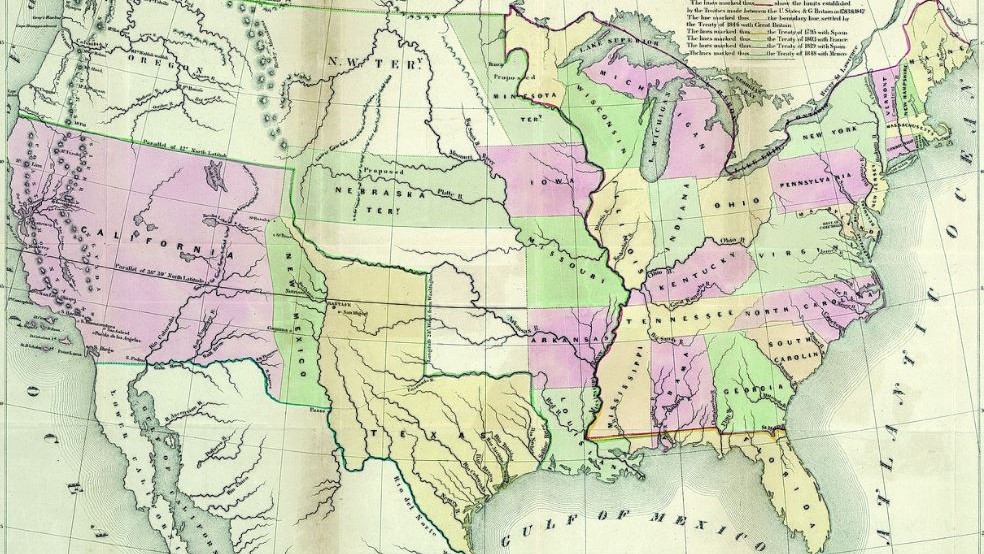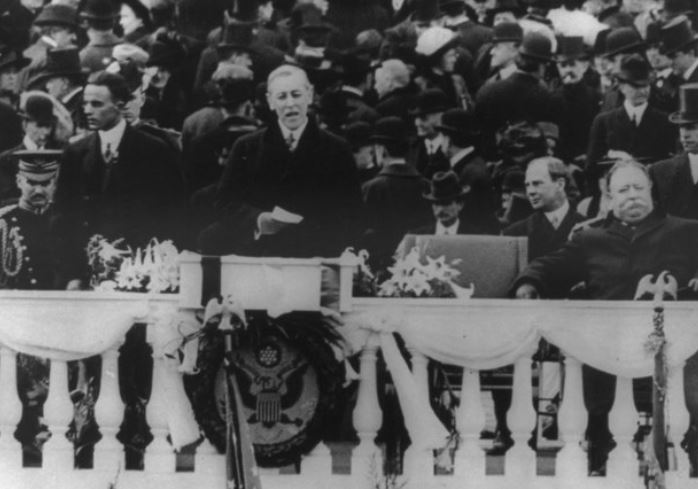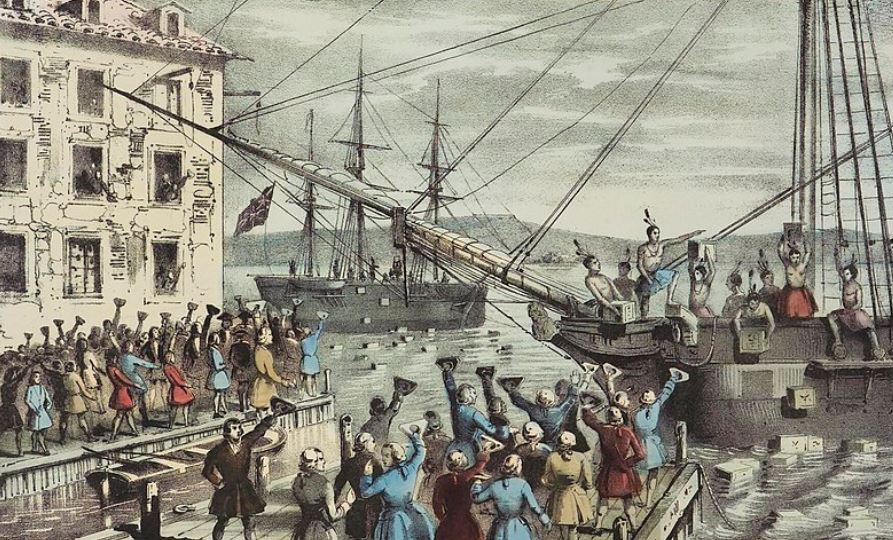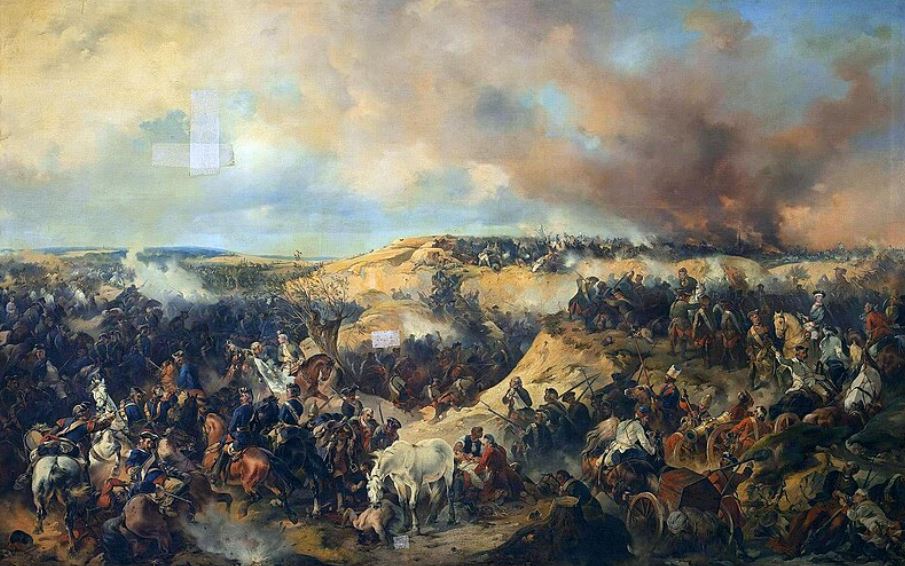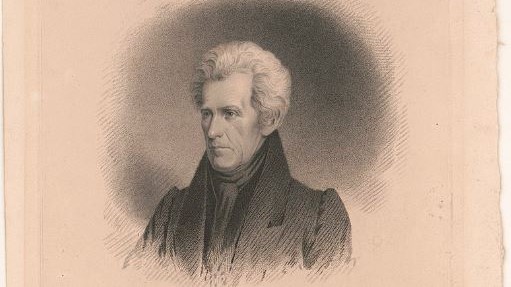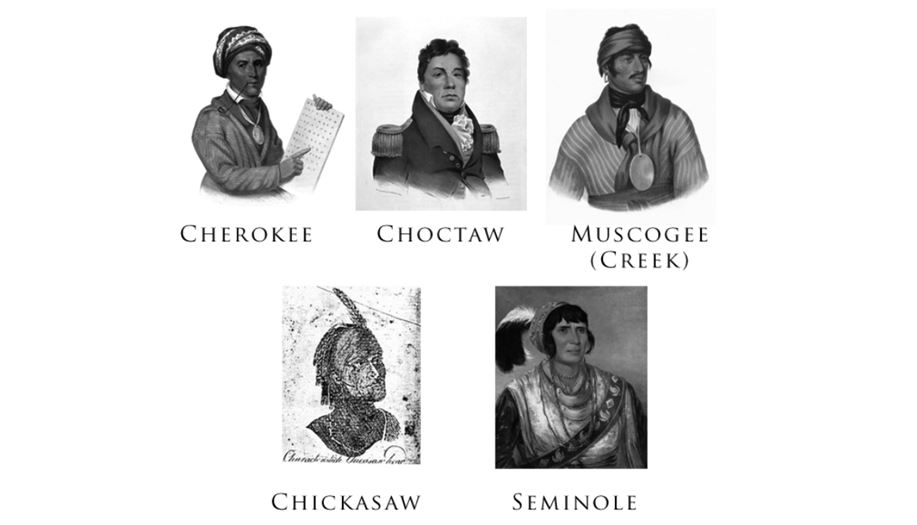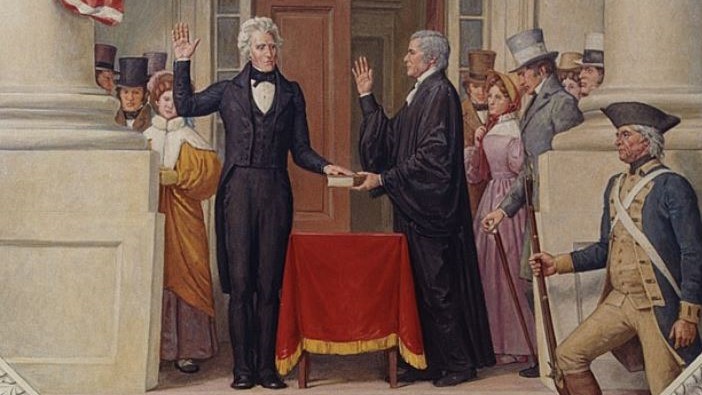California was once a prized territory under Spanish rule.
Spain maintained control over California for nearly 300 years, from Cabrillo’s initial claim in 1542 until the early 19th century. However, effective colonization and settlement began in earnest only in the late 18th century, lasting until Mexican independence in 1821. California represented the northernmost frontier of Spain’s vast colonial empire in the New World.
This article explores the key events and transitions that led to Spain’s loss of California, tracing the journey from Spanish colonization to Mexican independence.
1. The Spanish Era in California
The story of Spanish California begins in the mid-16th century with the era of exploration. The Spanish Crown was eager to expand its territories in the New World. So, it sent explorers to the Pacific coast of North America.

In 1542, Juan Rodríguez Cabrillo became the first European to navigate the coast of California, claiming it for Spain. Cabrillo’s expedition laid the groundwork for future Spanish ventures in the region.
In 1602, another key figure, Sebastián Vizcaíno, conducted a more detailed exploration of the California coast.
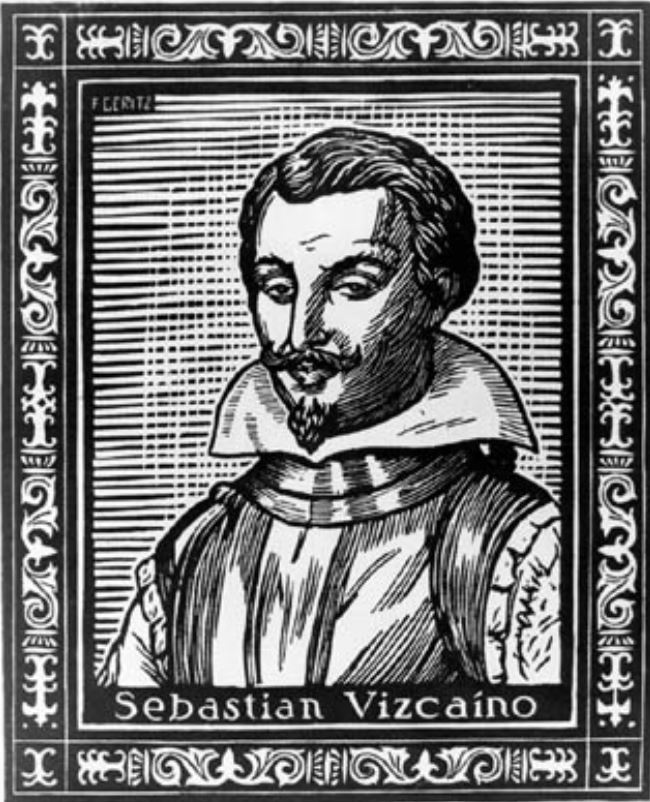
Vizcaíno mapped significant portions of the coastline and named several key locations, including Monterey Bay. His efforts provided valuable information and reinforced Spain’s claim to the territory.
Despite these expeditions, settlement efforts would not commence in earnest until the late 18th century.
Spanish Colonization Efforts in California
The late 18th century marked a new phase in the Spanish colonization of California. This was driven by a need to secure the territory against potential encroachments by other European powers.
The Spanish Crown established a series of missions, presidios (military forts), and pueblos (towns) along the California coast. This strategy aimed at assert control and convert the indigenous populations to Christianity.
One of the most notable aspects of Spanish colonization was the establishment of the California mission system.
Spearheaded by Father Junípero Serra, a Franciscan friar, the first mission, Mission San Diego de Alcalá, was founded in 1769.
Over the next 50 years, a total of 21 missions were built, stretching from San Diego in the south to Sonoma in the north. These missions aimed to convert Native Americans to Catholicism and integrate them into the Spanish colonial system.
Spanish Influence in California Place Names
The Spanish missions had a profound impact on California’s cultural and geographical landscape.
Many cities and towns in modern-day California bear names originating from the missions and Spanish explorers. For example, Los Angeles (Nuestra Señora Reina de los Ángeles), San Francisco (San Francisco de Asís), and Santa Barbara (Santa Barbara de Anza) are direct legacies of Spanish influence.
2. The Decline of Spanish Power in California
The early 19th century marked a period of significant decline for Spanish control over its American territories, including California.
This weakening grip was influenced by a combination of internal turmoil within Spain and external pressures, both of which eroded the Spanish Empire’s ability to maintain its colonial holdings.
Internal Factors
Spain faced considerable political and economic instability during this period.
The Napoleonic Wars (1803-1815) had a devastating impact on Spain, as the country found itself embroiled in conflict and occupation by French forces. This war drained Spain’s financial resources and military strength, leaving the nation weakened and unable to effectively govern its distant colonies.
Spain also experienced a period of political upheaval, marked by power struggles between conservatives and liberals. This internal discord distracted the Spanish Crown from its colonial affairs and weakened its authority over its American territories.
External Factors
In the Americas, the spirit of independence was gaining momentum. Inspired by the American Revolution (1775-1783) and the subsequent French Revolution (1789-1799), revolutionary movements began to take root across Latin America.
These movements were fueled by Enlightenment ideals of liberty, equality, and self-governance.
In Mexico, the push for independence was led by figures such as Miguel Hidalgo and José María Morelos.
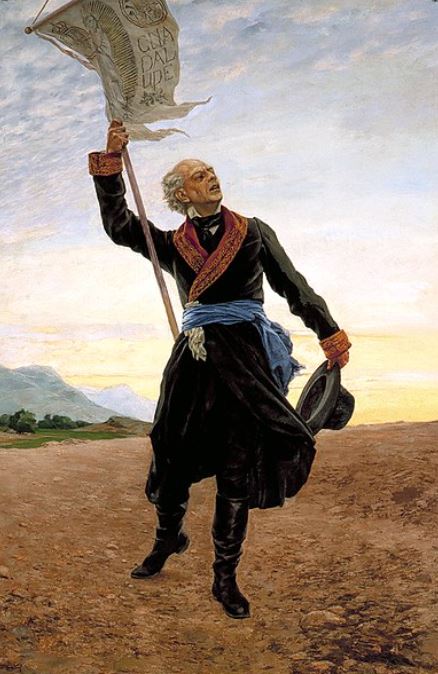
Their efforts culminated in the Mexican War of Independence, which began in 1810. The protracted struggle for independence weakened Spanish control over its colonies. Spain could no longer suppress the growing demand for autonomy.
3. Mexican War of Independence
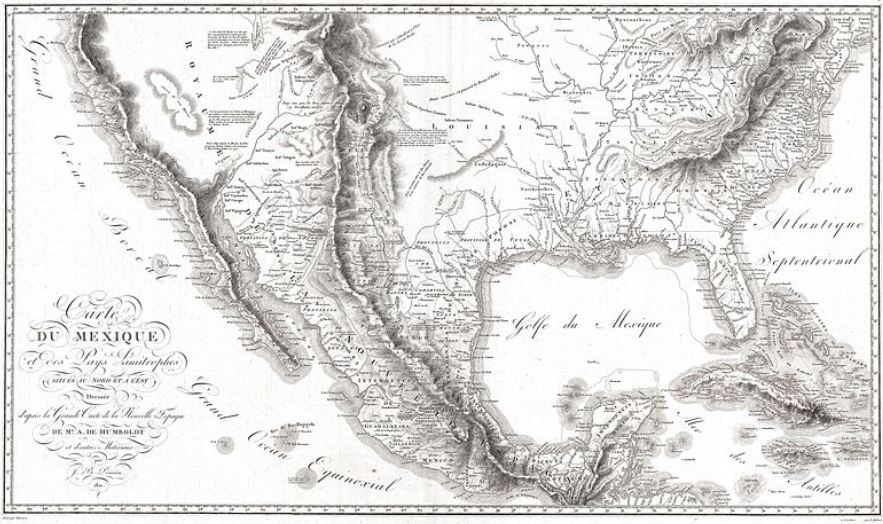
The Mexican War of Independence spanned from 1810 to 1821. This was a transformative period in the history of Mexico and its territories, including California.
The conflict was ignited by the widespread discontent with Spanish colonial rule, which was characterized by social inequality, economic exploitation, and political repression. Inspired by Enlightenment ideals and the successful independence movements in the United States and France, Mexican revolutionaries sought to overthrow Spanish authority and establish a sovereign nation.
Overview of the War
The war began on September 16, 1810, with Miguel Hidalgo’s Grito de Dolores, a passionate call for rebellion against Spanish rule.
Hidalgo, a Catholic priest, garnered support from peasants and indigenous people, forming a large but initially disorganized insurgent army.
Despite early successes, Hidalgo was captured and executed in 1811. Leadership of the revolutionary movement then passed to figures like José María Morelos, who continued the struggle with more strategic and organized efforts.
After Morelos’s capture and execution in 1815, the independence movement faced setbacks but persisted through guerrilla warfare.
The tide turned in the early 1820s, when political changes in Spain and growing support for independence among Mexican elites led to a decisive shift. In 1821, the revolutionary leader Agustín de Iturbide and Spanish viceroy Juan O’Donojú signed the Treaty of Córdoba, which recognized Mexican independence.
Impact on Spanish Territories
The prolonged conflict weakened Spain’s ability to govern and defend its distant colonies.
California was geographically remote from the main theaters of war. Consequently Spanish resources and attention were diverted to the conflict in central Mexico, leading to neglect and reduced support for California’s missions and settlements.
With the successful conclusion of the war and the establishment of an independent Mexico, California transitioned from Spanish to Mexican rule in 1821.
This shift marked the end of over two centuries of Spanish colonial presence and introduced a new era of governance, marked by significant changes in land ownership, governance structures, and societal organization under Mexican authority.
4. Transition from Spanish to Mexican Rule
The Treaty of Córdoba was signed on August 24, 1821. This marked the end of Spanish rule and the beginning of Mexican sovereignty over its territories, including California. This treaty formalized the transition and established Mexico as an independent nation.
Changes Under Mexican Rule – The Differences Between Spanish and Mexican California
The transition from Spanish to Mexican rule brought significant changes to California’s governance and society. One of the most notable reforms was the secularization of the missions, initiated by the Mexican government to reduce the Church’s power and redistribute land.
In 1833, the Mexican government enacted the Secularization Act. This Act aimed to dismantle the mission system and distribute mission lands to former mission inhabitants and private citizens. This policy was intended to integrate Native Americans into Mexican society and promote agricultural development.
However, the secularization process often resulted in the displacement of indigenous populations and the transfer of lands to wealthy settlers.
The legacy of the Spanish era remained evident in California’s cultural and architectural heritage during this time. Spanish missions, presidios, and place names continued to shape the identity of the region.
Challenges of Mexican Governance
The new Mexican authorities faced numerous challenges in governing California.
The vast and sparsely populated region was difficult to manage, and the central government’s influence was limited. Political instability and economic difficulties further compounded these challenges, leading to a period of uncertainty and transition.
5. American Conquest and Invasion of California
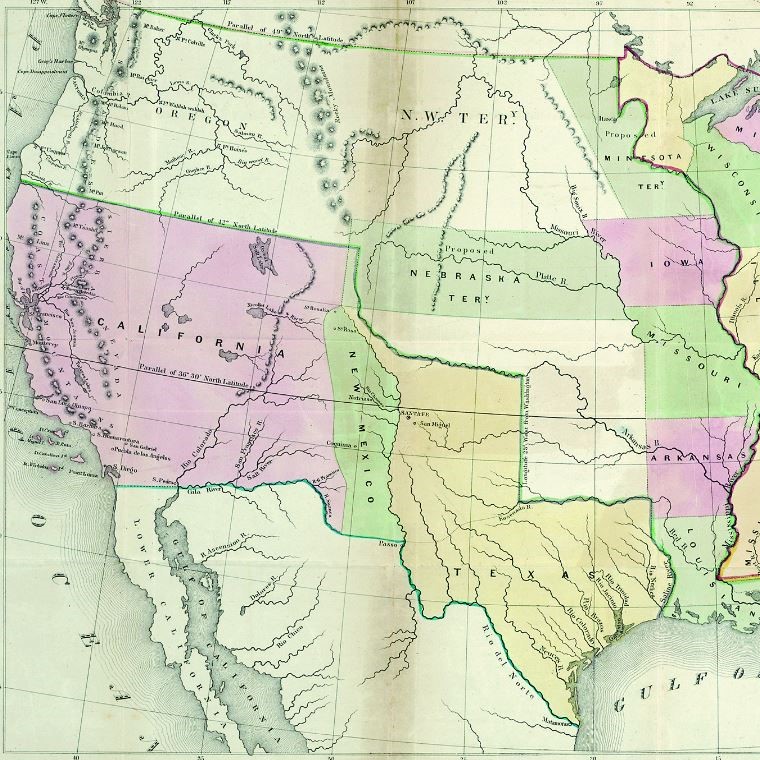
The gradual breakdown in Mexican authority prompted an acceleration in American westward migration and desire to acquire California outright.
Political tensions intensified between Mexico and the United States throughout the 1830s and 1840s.
In 1846, amid the Mexican-American War, American naval forces seized the major ports and towns of California in quick succession.
Local californio resistance was overcome by American settlers and troops moving in from Oregon and conquering the interior settlements around the Sacramento Valley.
With the signing of the Treaty of Guadalupe Hidalgo in 1848 officially ceding California to the United States, Mexico’s three-decade tenure of nominal governing control over the territory ended. Former Mexican citizens in California either became subjects of the American military government or chose to relocate back to Mexico proper.
Gold Rush and Statehood
The near immediate trigger for this rapid regime transition was the explosive California Gold Rush that began in 1848.
Massive numbers of American settlers and prospectors poured in seeking mineral riches, dwarfing the local Hispanic population in numbers and economic might.
Just two years after the Mexican Cession, California’s non-Hispanic American population boom.
California was organized as U.S. territory and applied for statehood, which it achieved in 1850.
Californios who stayed were overwhelmed in this surge of American migrants and capitalists who remade California in their own image.
6. Final Comments
In summary, Spain ceded control of the California territory to Mexico when the Spanish empire collapsed in 1821 amid the Mexican War of Independence.
But Mexico’s grasp remained loose and tenuous until the outbreak of the Mexican-American War in 1846 and the subsequent American invasion and conquest.
Within just a couple years of the 1848 Treaty of Guadalupe Hidalgo formalizing American sovereignty, the California Gold Rush enabled a demographic and political sea change that rapidly ushered the former Spanish/Mexican province into U.S. statehood.
A process over two centuries in the making, California’s transition from remote Spanish frontier to American El Dorado was lightning-fast.
Further Reading
I hope you have found this blog post about When Did Spain Lose California? interesting. To find out more about other territorial expansions of the United States, read here:
- Why Didn’t the United States Take All of Mexico?
- What US States Used to be Mexico?
- Why did Britain want Texas Independent?
- Who Owned Alaska Before Russia?
- Why Didn’t Russia Sell Alaska to Canada?
You may also enjoy these articles exploring American history:

